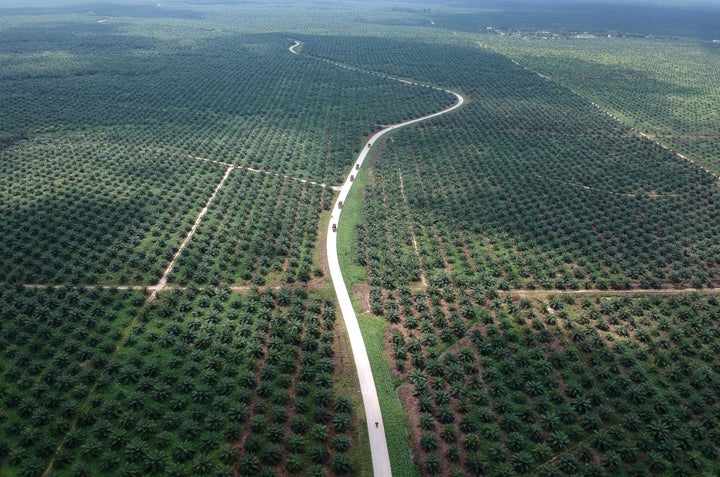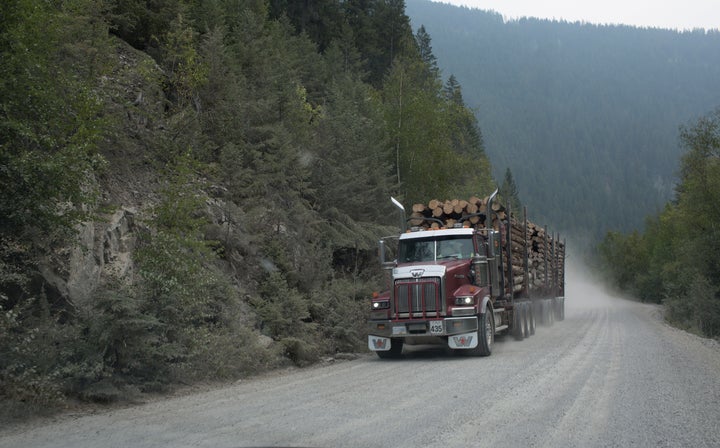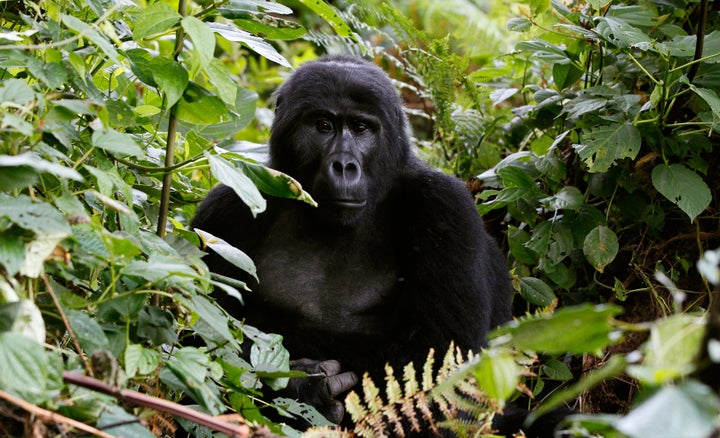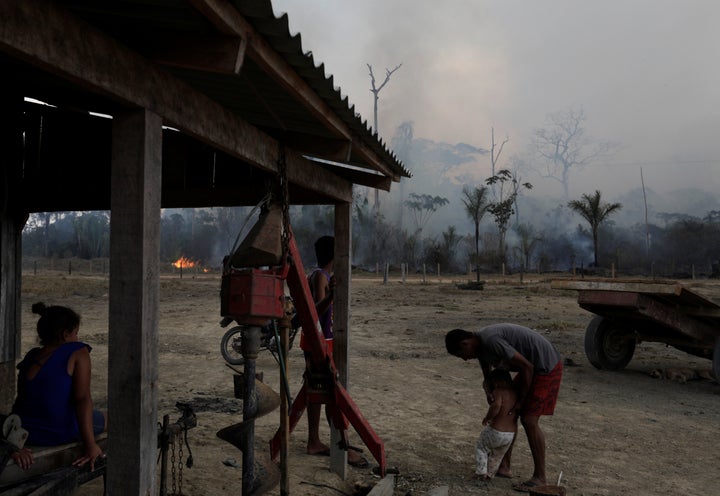Wildlife advocates have responded with grave concern to reports of rampant fires throughout the Amazon rainforest. Tens of thousands of blazes this month are tearing through the pristine wilderness, the largest tropical rainforest on the planet that covers an area roughly the size of the contiguous United States.
Many of those fires have been linked to farmers clearing vegetation to make room for crops and cattle, spurred by the policies of Brazil’s far-right leader Jair Bolsonaro and his pledge to open the Brazilian Amazon to development. But deforestation isn’t an Amazon-only problem, and many of the world’s forests face rampant threats.
So, what’s going on, and are the lungs of the planet really in such dire straits?

What’s going on with deforestation?
Deforestation, as the name implies, takes place when “forests are converted to non-forests uses” like agriculture or development, according to the International Union for the Conservation of Nature, or IUCN. Along with forest degradation (which is linked to activities like logging, when forests are stripped to the point they are no longer able to support nature), deforestation represents the biggest threat to forests around the world.
The IUCN notes that more than half of the planet’s forests have been destroyed since ether 1960s, and the World Wildlife Fund says about 18.7 million acres are lost each year, the size of about 27 soccer fields every single minute.
In Brazil, deforestation rates in August hit the highest levels since 2015, when the current monitoring system began, The Guardian reported this month. Satellite monitoring data released by the Brazilian government has shown deforestation rates spiking for the past few months. Bolsonaro has called the figures a “lie” and he fired the director of the agency that released the statistics.
Are other forests are under threat?
Yes. The Amazon is at the forefront of deforestation, but dozens of other environmental bastions around the globe face similar threats.
In Canada, the boreal forest covers some 60% of the country’s landscape and is home to about 600 indigenous communities. But rampant logging and the spread of tar sands development has threatened the ecological gem, and a report from the Natural Resources Defense Council released in February found about 28 million acres, an area the size of Pennsylvania, had been cut down since 1996. Many of those forests were cleared for one of Canada’s largest exports to the U.S.: wood pulp used in toilet paper and paper towels.

Large-scale agricultural development has also threatened forests like the Congo Basin, home to gorillas, chimpanzees and forest elephants. Greenpeace notes that cash crop operations to produce palm oil and rubber have sparked mass deforestation in the region. Similar farming methods in Borneo and Sumatra also threaten orangutans, rhinos and tigers, the WWF notes.
Why should we be concerned?
Forests are hotspots for biodiversity, according to the IUCN. The United Nations reports that more than 80% of terrestrial species can be found in the planet’s forests, although they only cover about 31% of all land. But up to 100 species could be lost per day due to deforestation that humans haven’t even documented.
Forests also represent a major asset in the fight against climate change and serve as carbon “sinks,” sucking up emissions released by human activities. The U.N.’s Intergovernmental Panel on Climate Change, or IPCC, released a dire report this month warning that dramatic overhauls to the planet’s food system and use land were needed to preserve the environment and avoid the worst effects of runaway climate change in the near future. The report was written by more than 100 scientists from around the globe.

“Agriculture, forestry and other types of land use account for 23% of human greenhouse gas emissions,” Jim Shea, a co-chair of the working group behind the report, said in a statement. “At the same time natural land processes absorb carbon dioxide equivalent to almost a third of carbon dioxide emissions from fossil fuels and industry.”
The European Union said last month that deforestation represented one of the key drivers of the climate crisis and urged further protections of the planet’s forests as a “vital” component to prevent further global warming.
For some 1.6 billion people, forests also represent a livelihood and are home to about 750 million, according to the WWF.
Who’s to blame?
It’s complicated.
Many of the fires in the Amazon were started by local farmers that have done so for generations and consider the process a normal step in how they make a living. The New York Times spoke with a farmers’ union leader in Brazil, who accused Westerners of waging an outrage campaign while arguing that farmers’ impacts were minimal.

But the policies of some world leaders, like Brazil’s Bolsonaro, have been directly linked to an increase in deforestation rates as they’ve turned away from environmental protection in favor of economic development. Under his leadership, the Brazilian Amazon had lost more than 1,330 square miles of forest by the end of July, according to an analysis of government data by the Times. And the number of fires this year far outpaces those in the previous August.
What can be done?
Environmental groups have long focused on conservation as a means to preserve the world’s most important forests, but solutions vary from region to region. Greenpeace has encouraged corporations and consumers to focus on forest-safe products and production methods while encouraging sustainable development that unites indigenous groups, lawmakers and businesses in decisions.
The IPCC also took the landmark step of addressing the role indigenous communities play in stewardship of the environment in its report this month, urging governments to strengthen protections for indigenous rights and bolster land ownership rights for such communities.
The WWF has also pointed to efforts to help countries recognize the long-term value of sustainable forestry over the short-term gain of cutting them down.
Deforestation will remain the most dire threat to the world’s forests, even after the fires in the Amazon burn out. World leaders have issued stark warnings that without a dramatic halt to the destruction, the planet’s best, built-in defenses against climate change may soon fall at record rates.